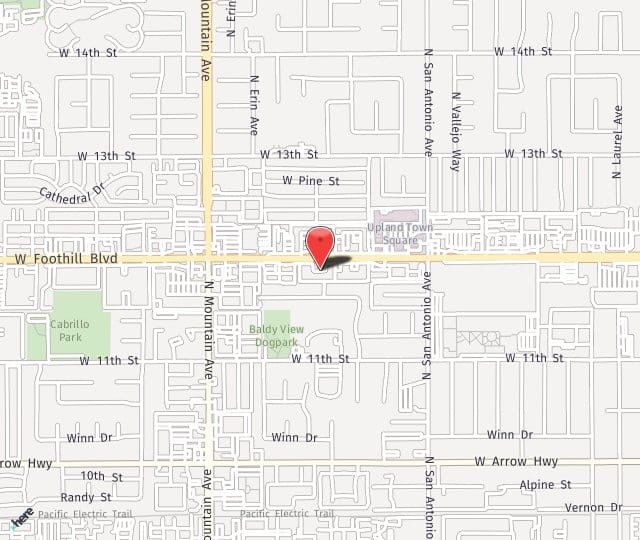An ultrasound, also known as a sonogram, is a fast, painless imaging technique that produces images of the internal organs through the use of high-frequency sound waves. It is especially useful for examining the breasts, bladder, thyroid, abdominal organs and male and female reproductive organs, and for obtaining images of the fetus in the womb.
An ultrasound is a noninvasive, simple procedure that can produce images of soft tissues, which often don't show up well on X-rays. There is no ionizing radiation used during an ultrasound and there are no serious side effects of the procedure.
Reasons for an Ultrasound
An ultrasound can be used to monitor and diagnose a wide range of conditions within nearly any system of the body. This test may be performed on patients experiencing pain, swelling or infection of unknown origin. The images produced by an ultrasound may help to:
- Assess a breast lump
- Diagnose problems with abdominal organs
- Diagnose certain infections or cancers
- Reveal abnormalities of the muscles
- Evaluate the heart
- Check for arterial blockages or aneurysms
- Assess the thyroid gland
- Guide a needle during a biopsy
- Check blood flow
- Obtain images of a fetus
The Ultrasound Procedure
Preparing for an ultrasound varies, depending on the objective of the imaging. While many ultrasounds require no preparation whatsoever, some may require fasting for six hours before the test. In addition, patients undergoing ultrasounds of the uterus, ovaries or prostate are required to arrive with a full bladder, as this enables the organs to be viewed more easily.
During an ultrasound procedure, the patient lies down on an examination table and gel is applied to the skin at the area to be imaged. The technician then moves a transducer, a special handheld instrument, across this area. The transducer enables sound waves to be transmitted back and forth between the body and the device. The transducer then relays this information to a computer.
The examination usually takes from 30 minutes to one hour to complete. The results of an ultrasound are available immediately, but unless the doctor is present to interpret them, the patient will have to wait until the images have been reviewed to receive the report.
In some cases, an ultrasound may involve attaching the transducer to a probe and inserting it into a body orifice, as in a transrectal or transvaginal ultrasound. This procedure is still a painless one.
Limitations of an Ultrasound
While an ultrasound is a valuable diagnostic procedure, there are limitations to the information it can provide. Since sound does not travel well through bone or through air, ultrasound is not appropriate for imaging parts of the body containing gas or tissues obscured by bone. In such cases, other imaging tests, such as X-rays or computed tomography, known as CT scans, are needed.

